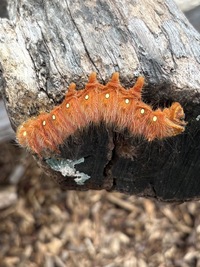
| Recorded by: Summit School 5th Graders (and Dan Helm) on 2025-09-26
Forsyth Co.
Comment: | 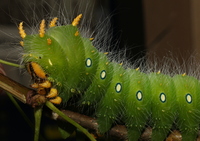
| Recorded by: David George on 2025-09-18
Durham Co.
Comment: |
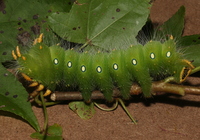
| Recorded by: David George on 2025-09-18
Durham Co.
Comment: | 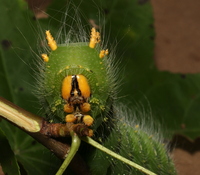
| Recorded by: David George on 2025-09-18
Durham Co.
Comment: |
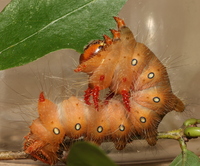
| Recorded by: David George, Jeff Niznik on 2025-09-14
Durham Co.
Comment: | 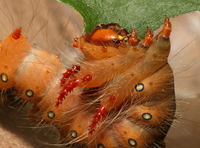
| Recorded by: David George, Jeff Niznik on 2025-09-14
Durham Co.
Comment: |
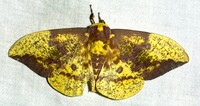
| Recorded by: Dean Furbish on 2025-08-26
Wake Co.
Comment: | 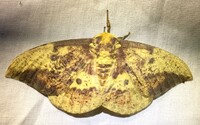
| Recorded by: Dean Furbish on 2025-08-16
Orange Co.
Comment: |
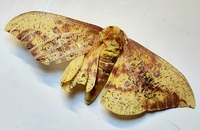
| Recorded by: Mark Basinger on 2025-08-05
Wilson Co.
Comment: | 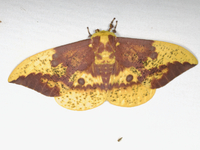
| Recorded by: Jim Petranka, Mark Basinger and Becky Elkin on 2025-08-03
Moore Co.
Comment: |
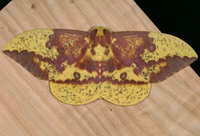
| Recorded by: Jim Petranka, Mark Basinger and Becky Elkin on 2025-08-03
Moore Co.
Comment: | 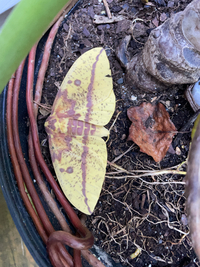
| Recorded by: Caleb Garner on 2025-08-03
Wake Co.
Comment: |
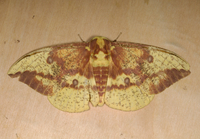
| Recorded by: Jim Petranka, Mark Basinger and Becky Elkin on 2025-08-02
Richmond Co.
Comment: | 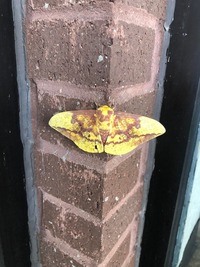
| Recorded by: Ellen Pickett on 2025-07-31
Guilford Co.
Comment: |
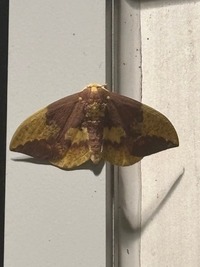
| Recorded by: Megan Delia Sherman on 2025-07-31
Mecklenburg Co.
Comment: | 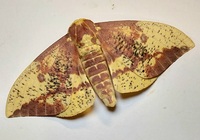
| Recorded by: Mark Basinger on 2025-07-31
Wilson Co.
Comment: |
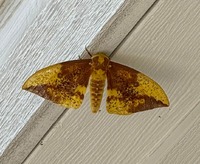
| Recorded by: Kit Cosper on 2025-07-28
Brunswick Co.
Comment: | 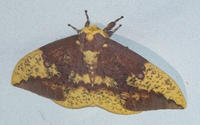
| Recorded by: Emily Stanley on 2025-07-27
Buncombe Co.
Comment: |
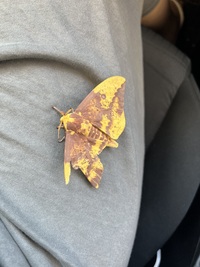
| Recorded by: Logan Jacobs on 2025-07-24
Durham Co.
Comment: | 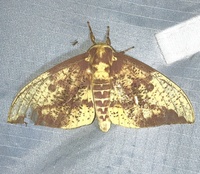
| Recorded by: Ken Kneidel on 2025-07-24
Mecklenburg Co.
Comment: |

| Recorded by: Allison Garton on 2025-07-24
Moore Co.
Comment: | 
| Recorded by: K. Hutson on 2025-07-23
Gaston Co.
Comment: |
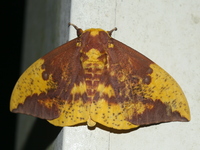
| Recorded by: David George, Jeff Niznik on 2025-07-20
Moore Co.
Comment: | 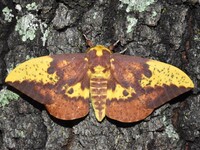
| Recorded by: Jeff Niznik, David George, Rob Van Epps, Kevin Metcalf on 2025-07-20
Richmond Co.
Comment: |
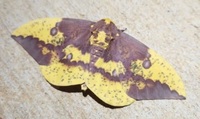
| Recorded by: Tommy Thumbs on 2025-07-16
Mecklenburg Co.
Comment: | 
| Recorded by: K. Bischof on 2025-07-12
Transylvania Co.
Comment: |
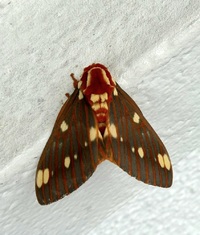
| Recorded by: Mark Basinger on 2025-05-31
Brunswick Co.
Comment: | 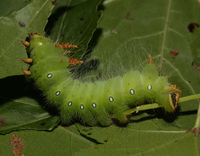
| Recorded by: David George on 2024-09-08
Durham Co.
Comment: |
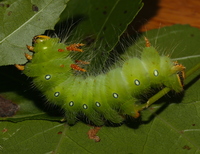
| Recorded by: David George on 2024-09-08
Durham Co.
Comment: | 
| Recorded by: David George on 2024-09-08
Durham Co.
Comment: |
|

 »
»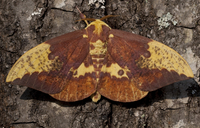
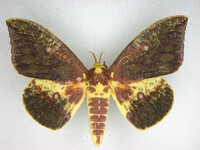

 »
»
